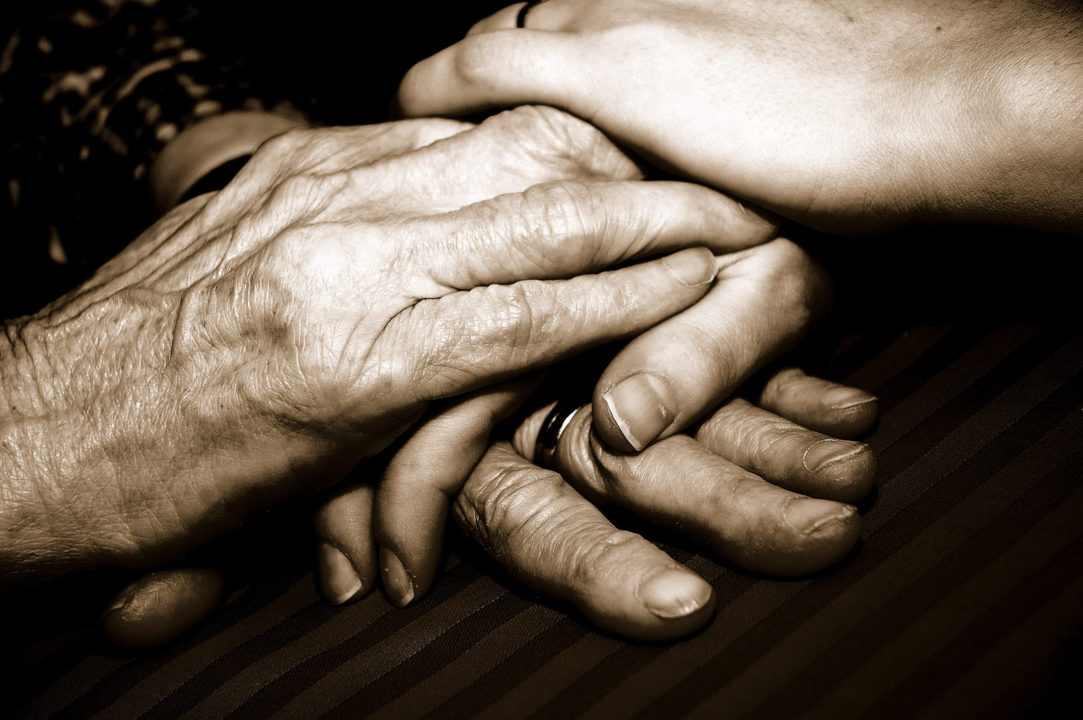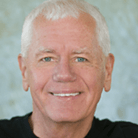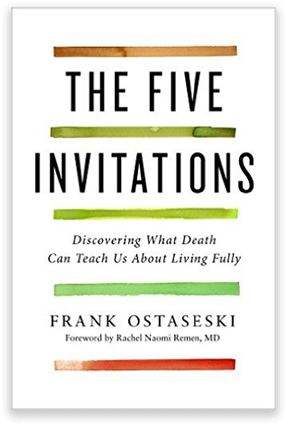There is a moment for most of us, when we realize that we are about to become a companion of someone who is facing death. Maybe we come to this experience as part of our professional or volunteer commitment.
More commonly its arrives when a friend or family member shares the news of a terminal diagnosis.
Or, the realization may arise still earlier when we see an elderly parent or partner stumble on a curb or over their words. Perhaps it is a conscious choice. Maybe we feel we have no choice.
It’s important in the beginning to understand that we already know how to do this. It’s in our bones. We have extended a helping hand hundreds of times in a thousand meaningful and loving ways. Caring is a natural expression of our humanity.
But, in the past few decades we have made caring for the dying unnecessarily complex. We have come to describe this remarkably intimate exchange as a burden…an obligation…a duty. We have over professionalized it, and mystified the process.
In so doing we have temporarily lost touch with the fullness of our generosity, come to doubt our innate wisdom and compassion, and so we’ve become frightened.
We have to remind each other of what we have forgotten. Remember that we don’t need be someone special to be a healing presence. Each of us has the capacity to embrace another person’s suffering. We can have confidence in our kindness.
Now, the activities of caregiving are themselves quite ordinary. We make soup, give a back rub, change soiled sheets, give medications, listen to a lifetime of stories lived and now ending, we provide a calm and loving presence. Nothing special. Just simple human kindness.
Yet, these ordinary, everyday activities when taken as a practice of awareness can help awaken us. Whether we are the one making the bed or the one confined to it we have to confront the precarious nature of this life. We see most immediately the fundamental truth of impermanence, that everything comes and goes, every thought, every lovemaking, every life comes and goes. We see that dying is in the life of everything. Resisting this truth traps us in a cycle of ignorance.
Our effort to keep things from changing or to achieve some state of permanent satisfaction from which we will never fall will ultimately cause us no end of suffering.
This is why every spiritual tradition speaks of keeping death as an advisor. It is because the recollection of our death can lend power, grace, and fullness to every moment, to every action.
When we keep death at our fingertips, close at hand we become less compulsive about gratification. Maybe we take ourselves and our ideas a little less seriously. We let go a little more easily. We become more open to generosity and love. When we realize, we are all in the boat together we are inevitably a bit kinder to one another.
The truth is that as we come in contact with precarious nature of this life we also come to appreciate its preciousness. It shows us what’s most important. Then we don’t want to waste a minute. We want to enter our lives fully. This can be a time of great aliveness.
Now I don’t mean to suggest that caring for the dying isn’t difficult or hard work.
Caring for those who are dying will challenge your most basic beliefs. Ask you to push pass fatigue, cause you to face unimaginable doubt. Restlessness will rule at times. You will question your ability and motivation. Your own deep clinging, aversion, and habitual patterns will present themselves for review.
Helplessness and insecurity will be common companions. Above all you will face loss and confront the fragility of your own life. It can break your heart wide open. But perhaps it’s here in the open heart that we will discover what actually helps.
This is a journey of continuous discovery. We will always be entering new territory. We have no idea how it will turn out. It takes courage and flexibility. In one moment, we will say or do the right thing that may be absolutely wrong in the next. We find a balance. This is a mystery we need to live into. Opening, risking, forgiving constantly.
Trust your good heart. It’s a reliable guide.
Copyright Frank Ostaseski




Leave a Comment